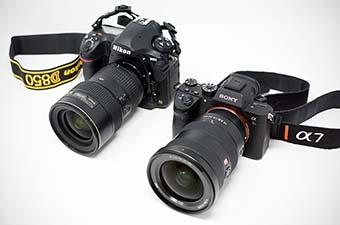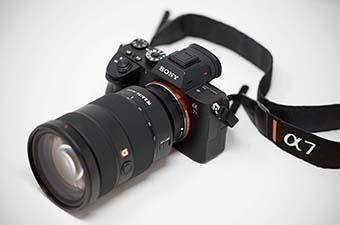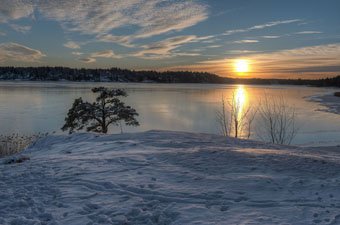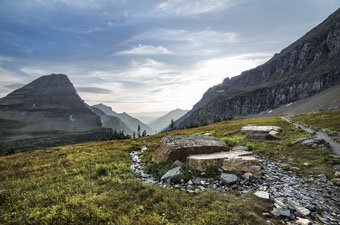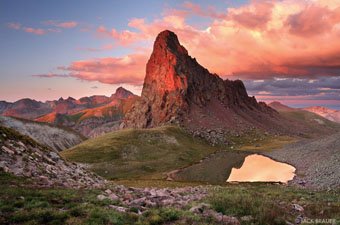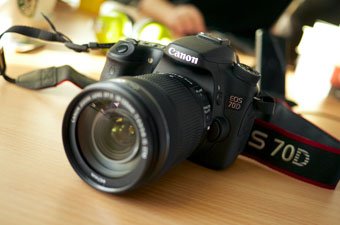The D800 is one of Nikon's highest resolution cameras ever and can produce outstanding photos and videos in almost all conditions. But choosing lenses for a powerful camera like the D800 can be tricky—low quality glass will fail to take advantage of the 36.3-megapixel full-frame sensor and weaknesses will be exposed. Below are the best lenses for the Nikon D800, from all-in-one lenses to wide-angle and telephoto zoom. Nikon has released the successor to the D800, the D810, but the newer version is about $600 more expensive.
All-In-One Lenses
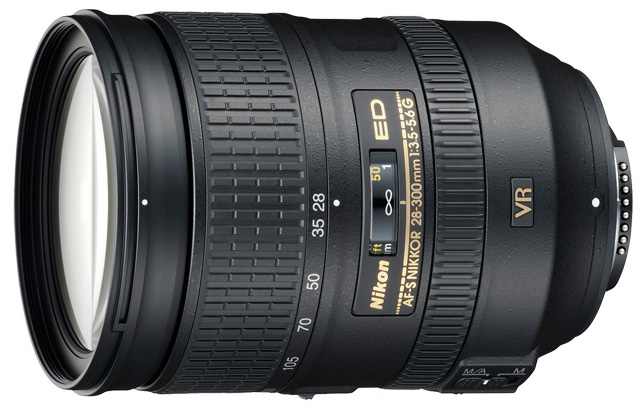 Nikon 28-300mm f/3.5-5.6 VR ($1,047)
Nikon 28-300mm f/3.5-5.6 VR ($1,047)
Weight: 28.2 oz.
Max Aperture: f/3.5
Pros: Versatile and inexpensive for an all-in-one lens.
Cons: Limited for wide-angle shots at 28mm.
Based on the popularity of all-in-one lenses like the 18-200mm and 18-300mm for Nikon DX-format cameras, the Nikon 28-300mm was built specifically for FX—it’s currently the only all-in-one lens for full-frame. You can expect some distortion at the ends (the Nikon D800 has an automatic distortion control mode built into the camera) but the lens is sharp throughout its range and captures excellent images overall. And although the Nikon 28-300mm is heavy, it’s actually lighter than the Nikon 14-24mm, Nikon 24-70mm, or Nikon 70-200mm lenses below.
Wide-Angle Lenses
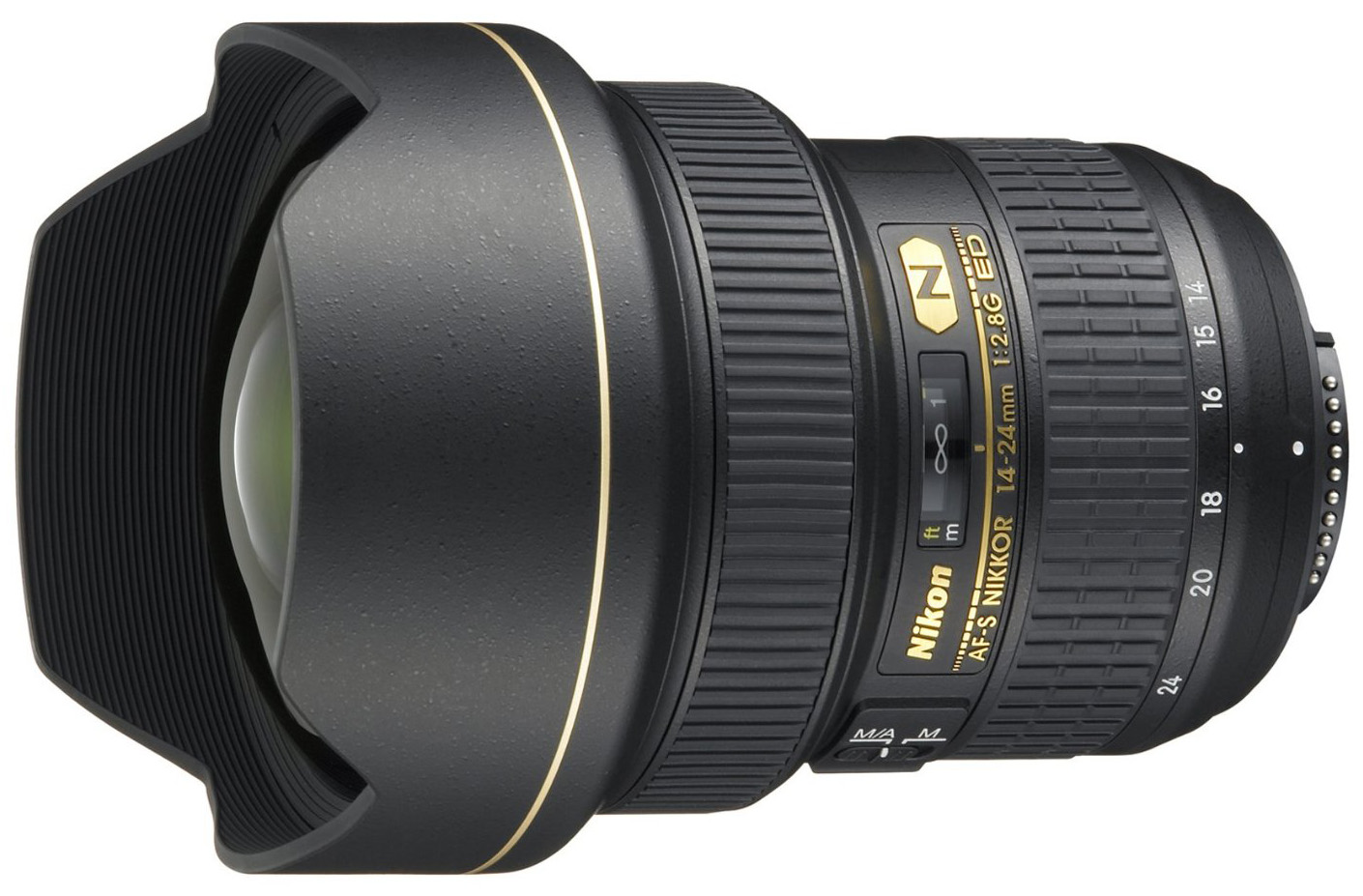 Nikon 14-24mm f/2.8 ($1,997)
Nikon 14-24mm f/2.8 ($1,997)
Weight: 34.2 oz.
Max aperture: f/2.8
Pros: Nikon's best ultra wide-angle zoom.
Cons: Cost and weight.
The 14-24mm f/2.8 is Nikon’s premier wide-angle zoom and a lens you’ll see in the bag of many professional photographers. From an optical perspective, there's not much to dislike: the 14-24mm captures exceptionally sharp images throughout its range and performs very well in low light with a maximum aperture of f/2.8. The lens is heavy at over 34 ounces and you can expect distortion at the wide end, but this is normal for a lens of this type and can be corrected in-camera on the D800. For serious wide-angle photographers—and particularly those who shoot ultra-wide—the Nikon 14-24mm is a great choice.
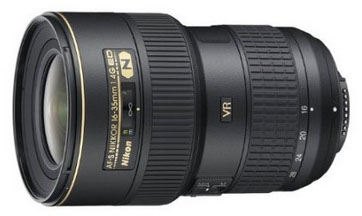 Nikon 16-35mm f/4 VR II ($1,257)
Nikon 16-35mm f/4 VR II ($1,257)
Weight: 24 oz.
Max Aperture: f/4
Pros: A great value for a wide-angle zoom.
Cons: Low light performance.
If wide-angle photography isn’t your primary focus (or even if it is) the Nikon 16-35mm f/4 is a less expensive alternative to the Nikon 14-24mm f/2.8 above. You still get great optics, and the Nikon 16-35mm is lighter and covers more focal lengths. The biggest shortcoming of this lens is the maximum aperture of f/4, but it does come with vibration reduction to help offset the difference. Wedding photographers and those who frequently shoot in low light will likely prefer the Nikon 14-24mm. But for most other people, the Nikon 16-35mm is a quality wide-angle zoom lens at a reasonable price.
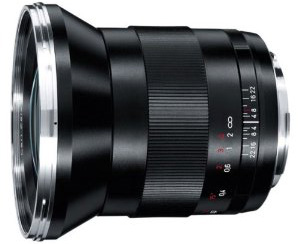 Zeiss 21mm f/2.8 Distagon for Nikon ($1,800)
Zeiss 21mm f/2.8 Distagon for Nikon ($1,800)
Weight: 21.2 oz.
Max Aperture: f/2.8
Pros: Very sharp and almost no distortion.
Cons: Manual focus isn't for everyone.
The manual focus Zeiss 21mm Distagon is the world’s best wide-angle lens—it’s extremely sharp all the way to the corners and has almost no distortion. If you prefer autofocus, go with the Nikon 14-24mm f/2.8 or 16-35mm f/4, but most who try manual focus realize that it’s easy, more accurate, and fun. The Zeiss 21mm is heavy for a prime lens but the optics are unrivaled and it’s the choice of many top landscape photographers.
Portrait and Everyday Lenses
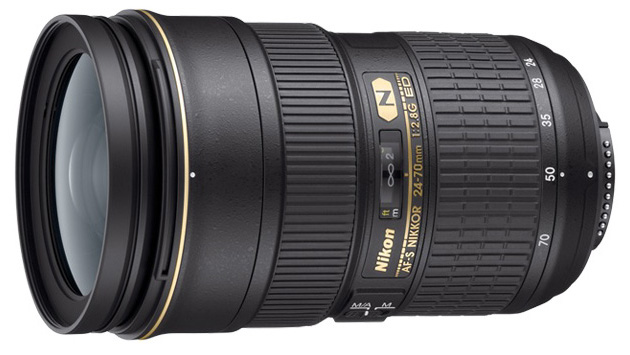 Nikon 24-70mm f/2.8 ($1,887)
Nikon 24-70mm f/2.8 ($1,887)
Weight: 31.8 oz.
Max Aperture: f/2.8
Pros: Sharp and versatile.
Cons: Heavy and expensive.
The Nikon 24-70mm f/2.8 is one of the top lenses in Nikon’s FX lineup and you’ll see it carried by many professional photographers. The lens is sharp across its zoom range, focuses quickly and accurately, and has a sturdy build. In addition to stellar optics, this lens shines is its versatility and can replace a number of prime lenses (it will perform nearly as well across the board). The Nikon 24-70mm f/2.8 is heavy at nearly two pounds and doesn’t have vibration reduction, but it’s still an outstanding lens overall.
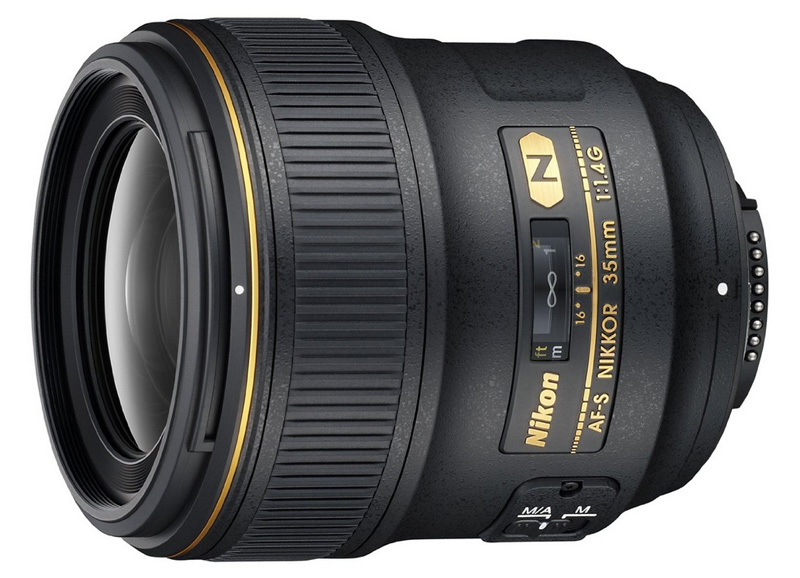 Nikon 35mm f/1.4 ($1,700)
Nikon 35mm f/1.4 ($1,700)
Weight: 21.2 oz.
Max Aperture: f/1.4
Pros: Excellent optical performance.
Cons: A high price tag for a prime lens.
35mm is a challenging focal length for Nikon FX format cameras. The Nikon 35mm f/1.4 is an ultra-high-end lens with excellent sharpness, bokeh, and low light performance (one notable shortcoming is its mostly plastic exterior). Optically, it’s by far the best 35mm lens for FX. At the other end of the spectrum, the Nikon 35mm f/2 is a serviceable lens at a reasonable price but can’t compete in terms of image quality. If you're a professional wedding or travel photographer, the 35mm f/1.4 may be worth the added cost. Others can grab the f/2 version of a comparable zoom lens covering 35mm.
 Nikon 50mm f/1.8 ($217)
Nikon 50mm f/1.8 ($217)
Weight: 6.6 oz.
Max Aperture: f/1.8
Pros: Inexpensive and great optics.
Cons: Plastic build.
All things considered, the Nikon 50mm primes are some of best FX lenses on the market. They’re inexpensive, sharp, light, and capture great images. The Nikon 50mm f/1.8 is the cheaper of the two options—it produces nice bokeh, has fast and accurate autofocus, and weighs less than 7 ounces. If you need even better low-light capability, the Nikon 50mm f/1.4 ($469) is superior in that category. You can’t go wrong with either model and it’s really a question of how much and you intend to use a 50mm lens and under what conditions.
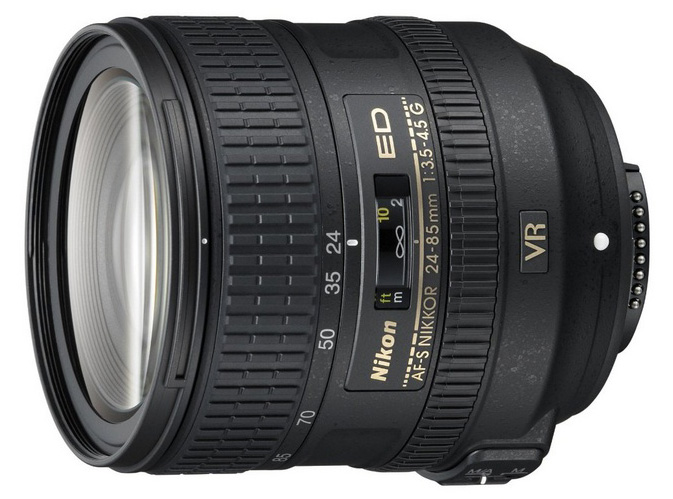 Nikon 24-85mm f/3.5-4.5 VR ($597)
Nikon 24-85mm f/3.5-4.5 VR ($597)
Weight: 16.4 oz.
Max Aperture: f/3.5
Pros: Light and cheap for a zoom lens.
Cons: Can be soft when wide open.
Professional photographers prefer prime lenses, but mid-range zooms like the Nikon 24-85mm are great for those who don’t want to carry and switch out multiple lenses. This FX lens is wide enough for most uses—for ultra-wide-angle photos, you’ll need a lens like the Nikon 14-24mm or 16-35mm below—and covers the heart of the most used focal lengths for travel and portraits. The Nikon 24-85mm does have some softness in the corners when wide open and distortion toward the ends, particularly the wide end. However, at less than $600 for a FX lens, it’s a great value and an enticing alternative to the pricier and heavier Nikon 24-70mm above.
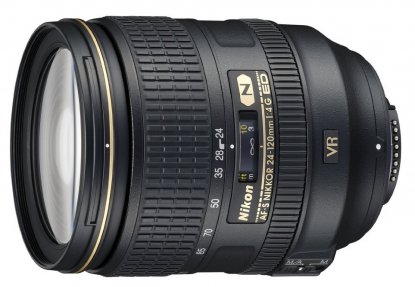 Nikon 24-120mm f/4 VR ($1,296)
Nikon 24-120mm f/4 VR ($1,296)
Weight: 23.6 ounces
Max aperture: f/4
Pros: Has you covered from wide-angle to medium telephoto.
Cons: A bit on the heavy side.
Following in the footsteps of the Nikon 24-85mm above, the Nikon 24-120mm is a versatile FX lens with an even longer zoom range. For portrait shooters, the extra 35mm of focal length is very useful, and the lens has fast autofocus and vibration reduction. It’s also noticeably sharper than the 24-85mm. The 24-120mm is bulky at over 23 ounces and its maximum aperture of f/4 means that the lens can struggle when natural light is low. But you can’t argue with the convenience. If you add a telephoto lens like the 70-300mm f/4.5-5-6 below, that makes for a quality kit at a reasonable price.
Telephoto Zoom Lenses
 Nikon 70-300mm VR f/4.5-5.6 ($587)
Nikon 70-300mm VR f/4.5-5.6 ($587)
Weight: 26.3 oz.
Max Aperture: f/4.5
Pros: A solid telephoto zoom for non-professionals.
Cons: Some distortion and softness at the ends.
The Nikon 70-300mm is an excellent telephoto zoom and one of the best values of any FX lens. The only notable shortcoming is the maximum aperture of f/4.5—the lens does have vibration reduction but if you frequently shoot in low light consider the Nikon 70-200mm f/2.8 below. Also, the Nikon 70-300mm is compatible on Nikon DX format cameras with a zoom equivalent of 450mm, making it a fun super-telephoto option to play with.
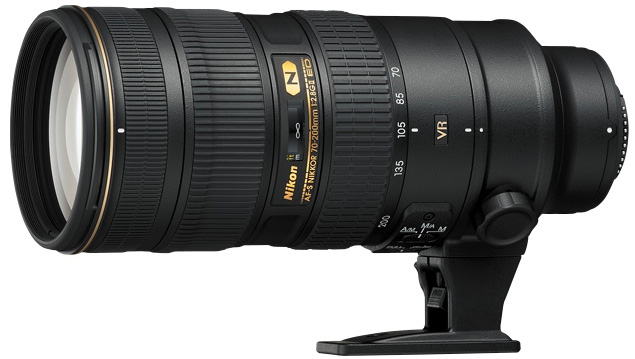 Nikon 70-200mm f/2.8 VR II ($2,397)
Nikon 70-200mm f/2.8 VR II ($2,397)
Weight: 54.3 oz.
Max Aperture: f/2.8
Pros: Nikon’s top telephoto zoom.
Cons: Very heavy and expensive.
The Nikon 70-200mm is Nikon’s best telephoto zoom lens for everything from wildlife to sports and school plays. The autofocus is fast and accurate, sharpness and colors are exemplary, distortion is low, and the lens comes with vibration reduction (VR). All things considered, it’s one of Nikon’s most impressive lenses and has the price tag and weight to prove it.

